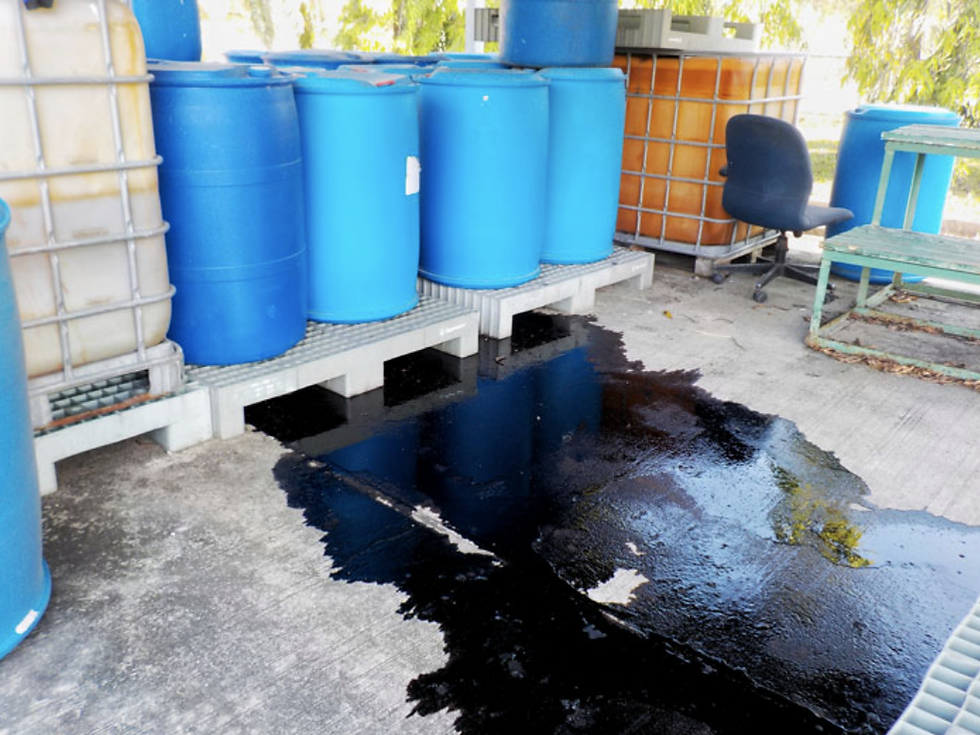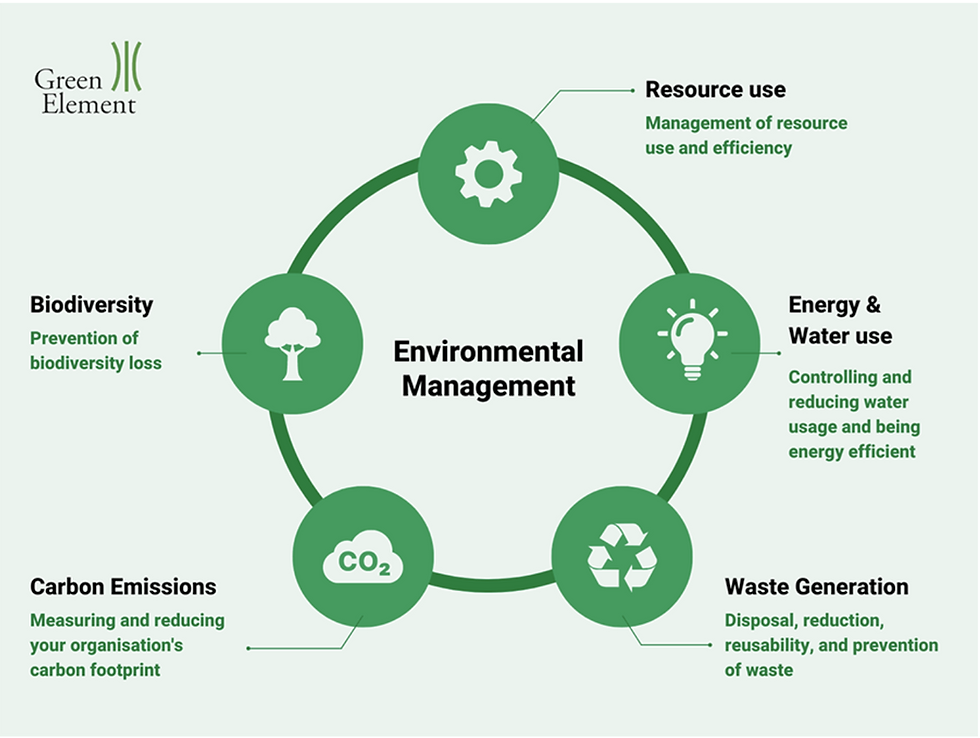Managing drug and alcohol misuse at work
- Dorset Health and Safety

- Aug 10, 2021
- 4 min read

1. Overview
Employers have a legal duty to protect employees' health, safety and welfare. Understanding the signs of drug and alcohol misuse (or abuse) will help you to manage health and safety risk in your workplace, develop a policy to deal with drug and alcohol-related problems and support your employees.
What the issues are and what to look out for
Misuse is not the same thing as dependence. Drug and alcohol misuse is the use of illegal drugs and misuse of alcohol, medicines and substances such as solvents.
Consider these warning signs, which could indicate drug or alcohol misuse:
unexplained or frequent absences
a change in behaviour
unexplained dips in productivity
more accidents or near-misses
performance or conduct issues
These can also be signs of other things, like stress or illness.
2. Consult your employees
You must consult employees or their representatives on health and safety matters. Consultation involves you not only giving information to employees but also listening to them and taking account of what they say.
You could ask your employees what they know about the effects of drugs and alcohol on health and safety and the restrictions or rules on drug and alcohol use in your business.
3. Look at safety-critical work
Think about the kind of work you do and any safety-critical elements where drug or alcohol misuse could have a serious outcome, for example:
using machinery
using electrical equipment or ladders
driving or operating heavy lifting equipment
You can use this information to help with your risk assessment.
Where employees in safety-critical jobs seek help for alcohol or drug misuse, it may be necessary to transfer them to other work, at least temporarily.
4. Develop a policy
All organisations can benefit from an agreed policy on drug/alcohol misuse. You could include a drug and alcohol policy as part of your overall health and safety policy.
If an employee tells you they have a drug or alcohol problem, an effective policy should aim to help and support them rather than lead to dismissal.
But it should also highlight when you will take disciplinary or other action, for example that you will report drug possession or dealing at work to the police straight away.
There are examples of drug and alcohol policies in Health, work and wellbeing (PDF)– an Advisory, Conciliation and Arbitration Service (Acas) booklet and Managing drug and alcohol misuse at work – a Chartered Institute of Personnel and Development (CIPD) booklet.
If you choose to use Screening and testing for drugs and alcohol, you could include that in your policy.
Check and review what you have done
You should regularly check if your policy is working and whether you need to make changes.

5. Screening and testing for drugs and alcohol
Some employers have adopted screening as part of their drug and alcohol policy. If you want to do the same, think carefully about what you want screening to achieve and what you will do with the information it gives you.
There may be a case for screening, particularly in certain jobs (for example employees who make safety-critical decisions like drivers, pilots and some machinery operators). In jobs like these the misuse of drugs or alcohol could have disastrous effects for the employee, colleagues, members of the public and the environment.
Bear in mind that:
employees must consent to screening for practical and legal reasons
screening by itself will not solve problems caused by drug and alcohol misuse and, where introduced, should be part of a company's overall health and safety policy
screening must be carried out properly to ensure samples cannot be contaminated or tampered with, and that testing procedures and analysis are accurate
employees can't be made to take a test but, if they refuse when an employer has good grounds for testing, they may face disciplinary action
The Chartered Institute of Personnel and Development (CIPD) has more information on screening in their guide Managing drug and alcohol misuse at work .
For advice on how to make sure drug testing is reliable and accurate go to the European Workplace Drug Testing Society (EWDTS) website .
6. Support employees with a drug or alcohol problem
When you've assessed the risk and have a policy on drug or alcohol misuse (or abuse) in your workplace, make sure your employees know about the policy and the support you offer.
Training and awareness
You could increase awareness by including an explanation of the drug and alcohol misuse policy in your induction process for all new employees.
You could also brief managers and supervisors so they are clear about:
how to recognise the signs of drug or alcohol misuse
the organisation's rules on drug and alcohol misuse
what to do if they suspect an employee is misusing drugs or alcohol
what to do when an employee tells them about a drug or alcohol problem
Support for employees
Employees with a drug or alcohol problem may ask for help at work if they are sure their problems will be dealt with discreetly and confidentially. But also consider your own legal position if you are given evidence or information that suggests an employee's drug misuse has involved breaking the law at work.
Drug and alcohol dependence are recognised medical problems. Someone who is misusing drugs or alcohol has the same rights to confidentiality and support as they would if they had any other medical or psychological condition.
Encourage them to get help from their GP or a specialist drug or alcohol agency and refer them to your organisation's occupational health service (if you have one).
Consider allowing someone time off to get expert help. Often the cost of recruiting and training a new employee may be more than the cost of time off.
Think about whether drug and alcohol misuse in your workplace is treated as a disciplinary matter or a health concern. If you dismiss someone because of drug or alcohol misuse without trying to help them, an employment tribunal may find that you've dismissed them unfairly.
But, if their normal work is safety-critical you may need to temporarily move them to another job.
Health advice and information
If you don't have access to occupational health services, you can still support employees' health and wellbeing. You can make sure there is information at work about where they can go for advice and help if they're concerned about drug or alcohol misuse.
7. The law
You have a general duty under the Health and Safety at Work etc Act to ensure, so far as reasonably practicable, the health, safety and welfare of your employees. Employees must also take reasonable care of themselves and anyone who could be affected by their work.
There is up-to-date information on laws, such as the Misuse of Drugs Act 1971 and The Road Traffic Act 1988, which apply to drug and alcohol misuse. Frank also has useful information on the law.






Comments